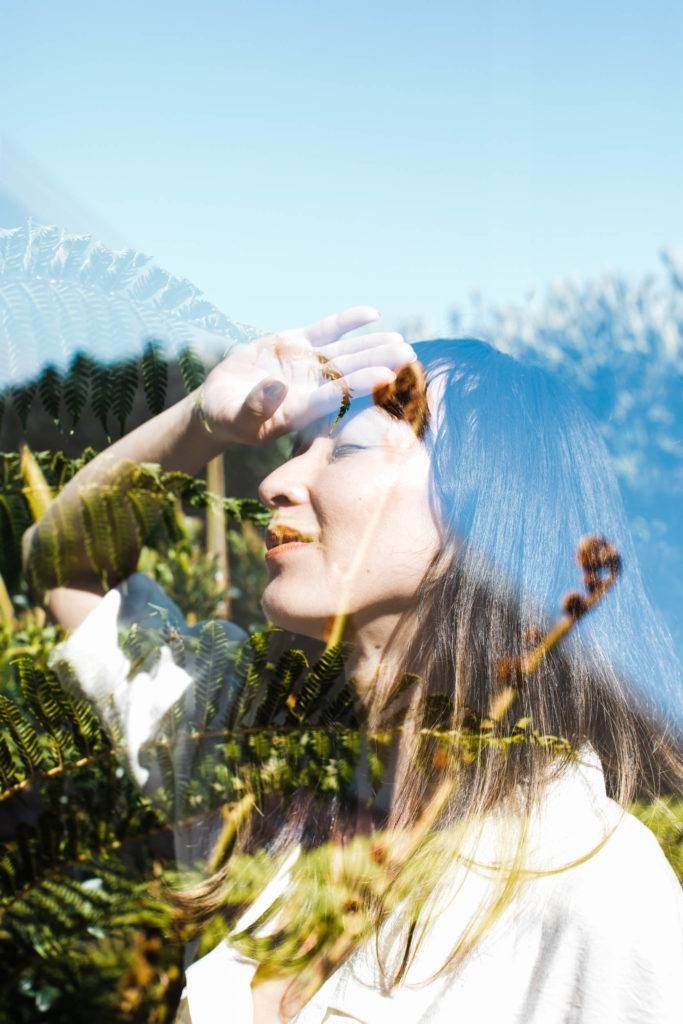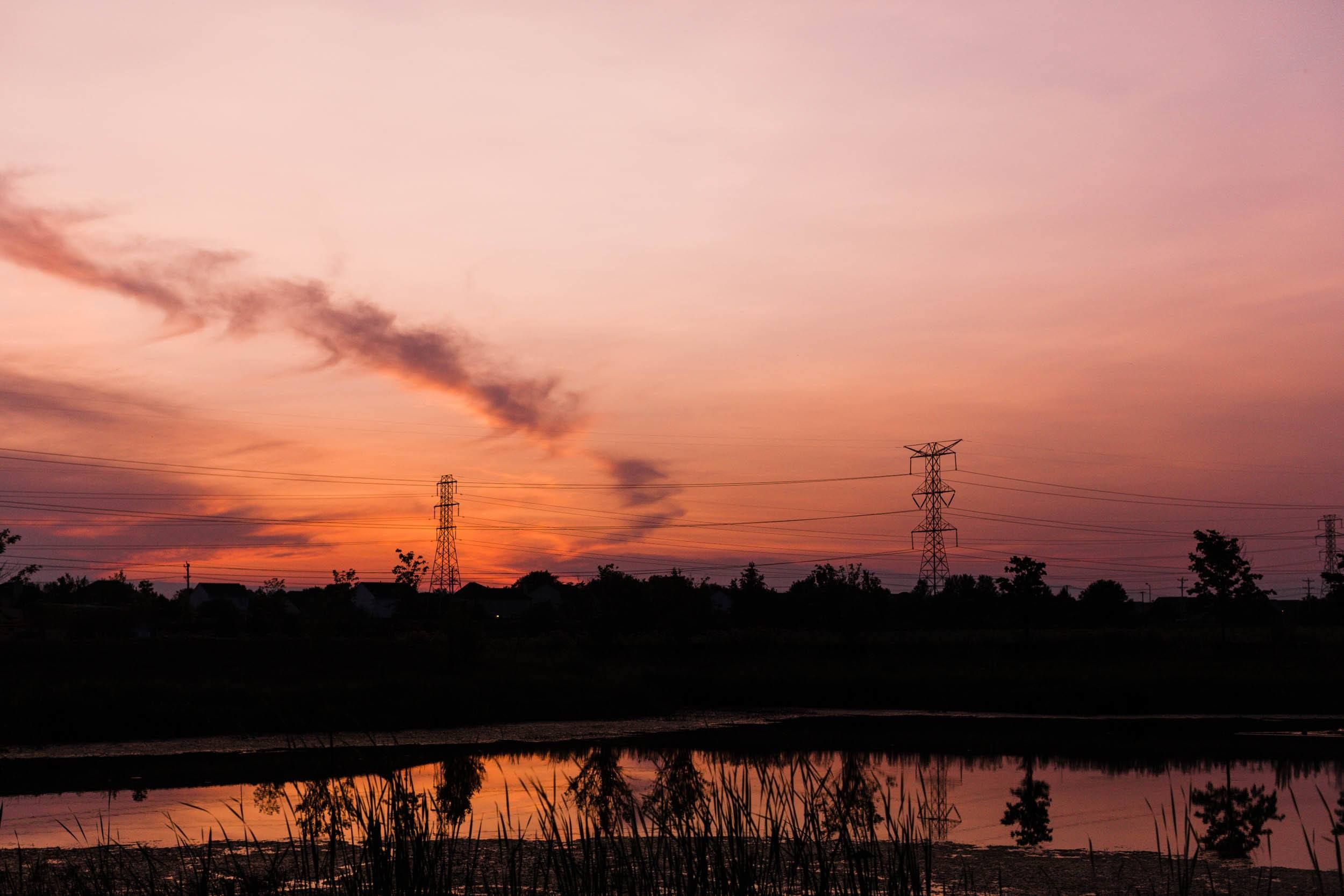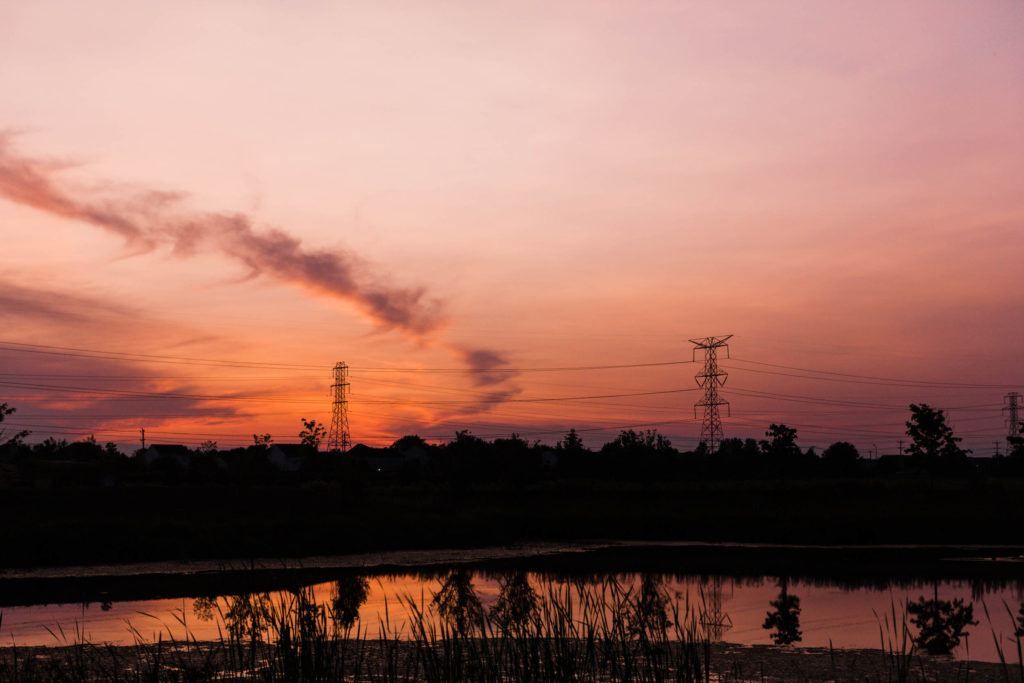“Vulnerability is the birthplace of innovation, creativity, and change.” – Brené Brown
I love Brené Brown. Somehow, she has the uncanny ability to speak directly to my soul. Have you ever felt that way about someone you admire? The best thing about listening to people you admire is that there are so many nuggets of information they pass on. The one thing that Brené always gives me is the courage to be vulnerable with my art and my creativity. And I express my creativity in terms of playing with my art (a.k.a. my photography).
The best thing about listening to people you admire is that there are so many nuggets of information they pass on.
We all have different goals when it comes to our passion for photography. Getting better at our craft is definitely something that most of us strive for. A great way to get better is to explore your own creativity by working on personal and professional photography projects. Personal photography projects are excellent for a variety of reasons. Since these are for the most part, not client-driven, there tends to be less pressure to be perfect and more freedom to be creative. In this guide, we will discuss some benefits of a self-assigned photo project.
Recommended Reading: Want to expand your shooting skills and master photography? Grab our set of 65 beautifully designed and printable Action Cards that will give you over 200 photography assignments to help you take your photography to the next level. Check it out here.
Self-Assigned Photo Projects Create a Routine for Your Photography
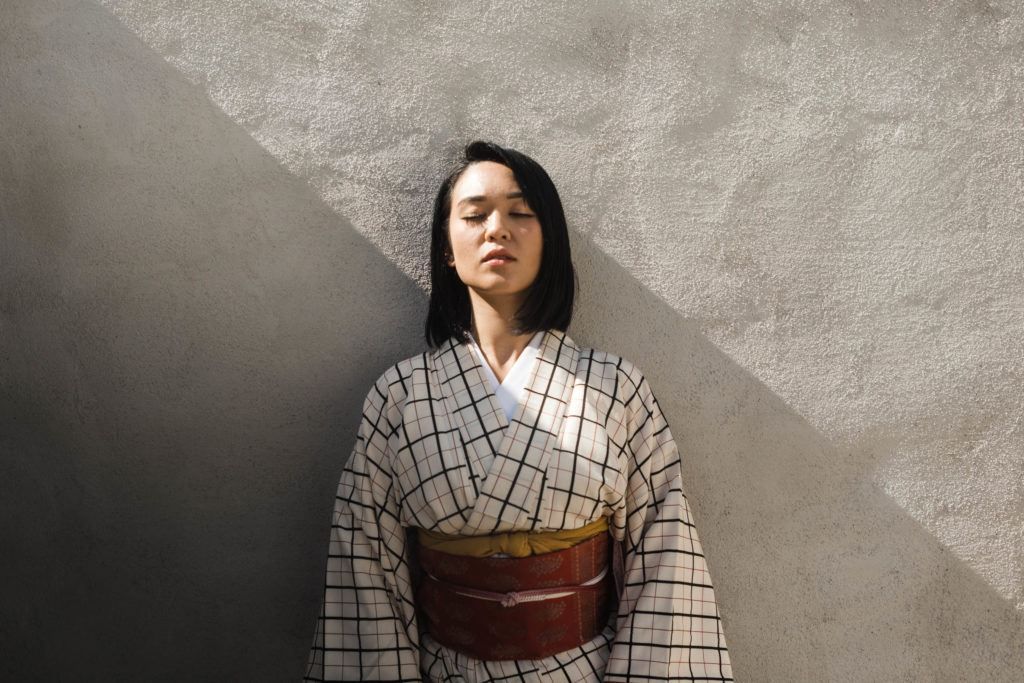
Just like anything else in life, having a routine provides a sense of organization. Figure out what you want to focus on from a personal photography project, pick your best time to photograph, and then stick to that routine. For me, one of my personal projects is to play with dramatic light in my images. You see my normal photography style is fairly light and bright, but I am always drawn to images with dramatic light and shadow. However, I don’t have the flexibility of photographing such images for my paid client work. So instead, I set aside some time in every shoot to play with light. These images are done at the tail end of the shoot or after the official shoot is done. Sometimes I even find dramatic light inspiration when I am traveling to a client shoot. I permit myself to take those personal shots when I can. For these images, I am my own client, so I do what feels right for me.
Self-Assigned Photo Projects Can Explore Various Genres
In my opinion, the hardest part of finding a personal project is deciding what project to pursue. You know the proverbial “What do I photograph?” question. If you are having a hard time narrowing down what to choose as a photography project, try your hand at a 365 project. Quite simply, a 365, as it is most often called, is a commitment to take a photo a day for 365 days straight. This is quite a popular exercise among photographers so many online resources and groups support and encourage 365 projects. Most of these groups will provide daily or weekly prompts, have a place to share your work and include a virtual group of cohorts to support and encourage you. There are online groups you can join to get daily or weekly prompts sent to your inbox.
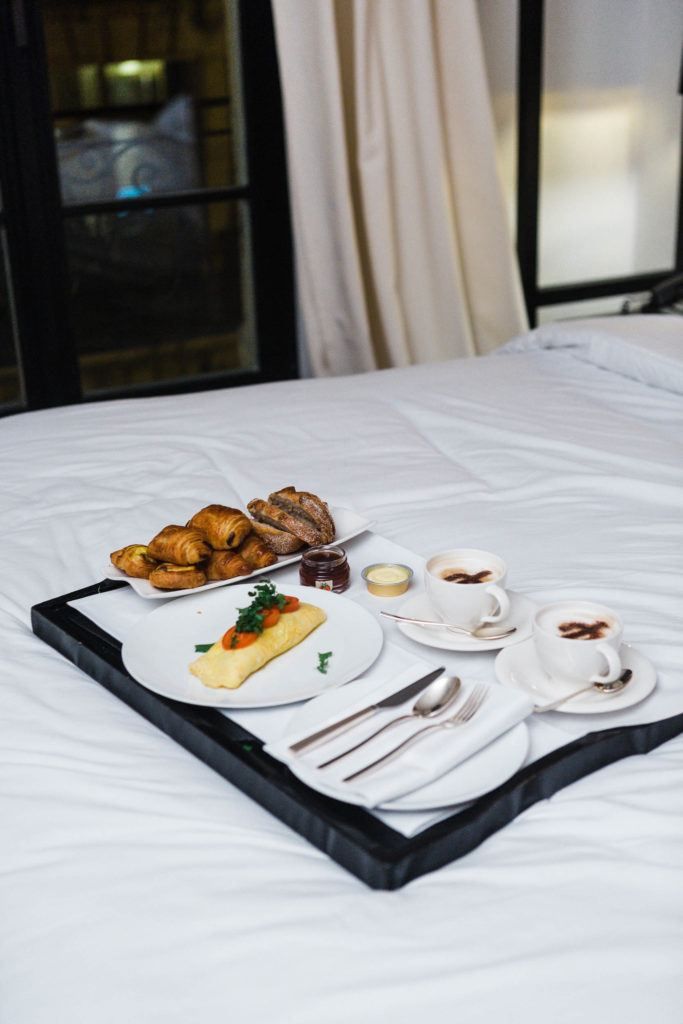
The other option is to completely customize your 365 projects. Use daily life to get prompts and triggers. You might want to photograph your breakfast, your coffee, or your daily commute. You might want to photograph your children or your pets to showcase how they grow day after day or year after year. No matter what the prompt is, create a list or journal to document them. That way you know what you have already photographed and what comes next.
For example:
- Monday: Sunrises
- Tuesday: Food
- Wednesday: Nature/Outdoors
- Thursday: Indoors
- Friday: Family/Pets/Children
- Saturday: Personal
- Sunday: Fun day (anything goes)
The funny thing is that I hate to cook, so I am quite a terrible chef! Uber Eats is my best friend and also ensures that I have a steady supply of food that I can photograph and experiment with. I know I am probably never going to get into food photography, but that doesn’t stop me from experimenting. Some of my images are quite bad, but that’s the whole point of just experimenting for personal growth and fun.
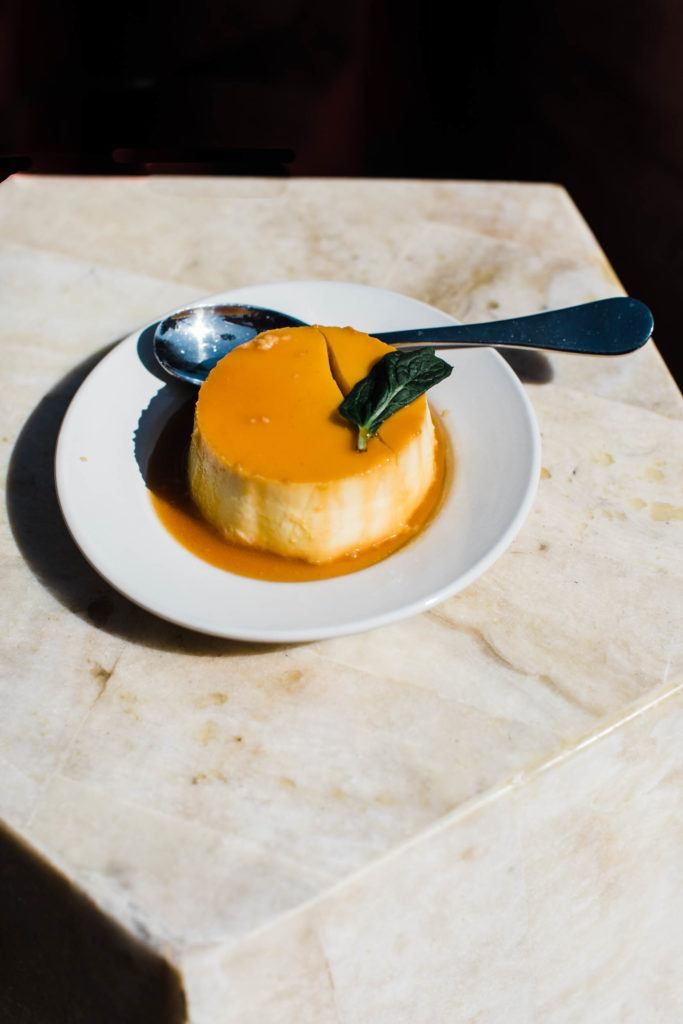
Recommended Reading: Want to expand your shooting skills and master photography? Grab our set of 65 beautifully designed and printable Action Cards that will give you over 200 photography assignments to help you take your photography to the next level. Check it out here.
Self-Assigned Photo Projects Bring a Wabi-Sabi Approach to Your Images
A wabi-sabi method requires a slower, quieter approach to life. The concept is very similar to Japanese Zen gardens that promote tranquility and calmness. Slow down and quiet your mind. When you apply this to your personal photography projects there seems to be somewhat of ease from the pressures of perfection. You stop chasing that next award-winning frame for just a few minutes and instead open your eyes to all that is around you. Stop, look, feel, and then click. This will make each frame more meaningful and help you convey the story better once you understand what is unfolding around you.
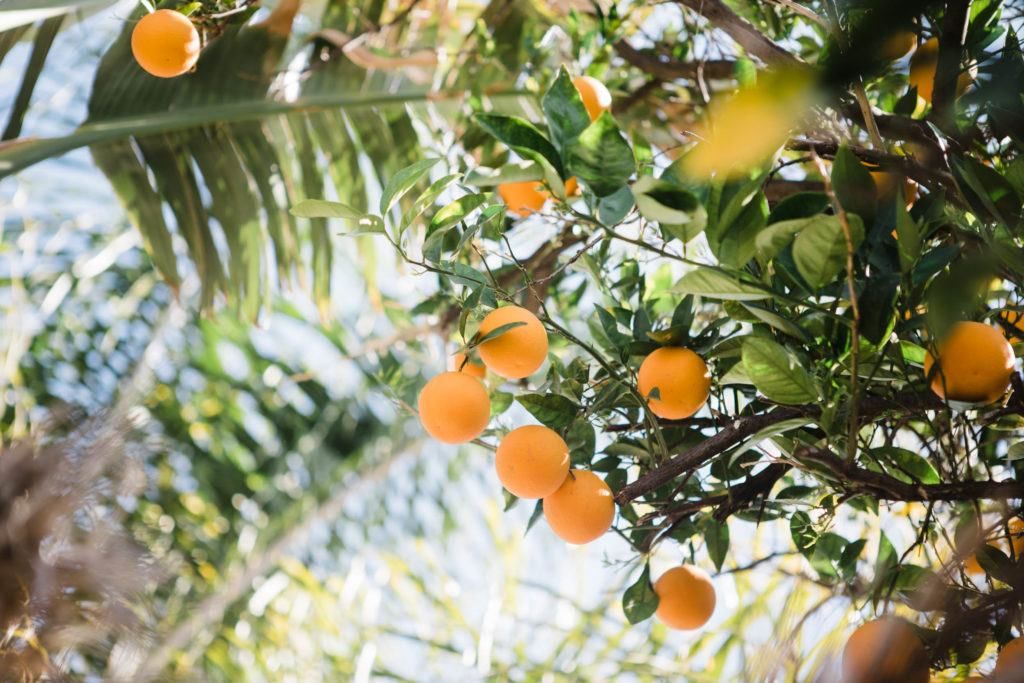
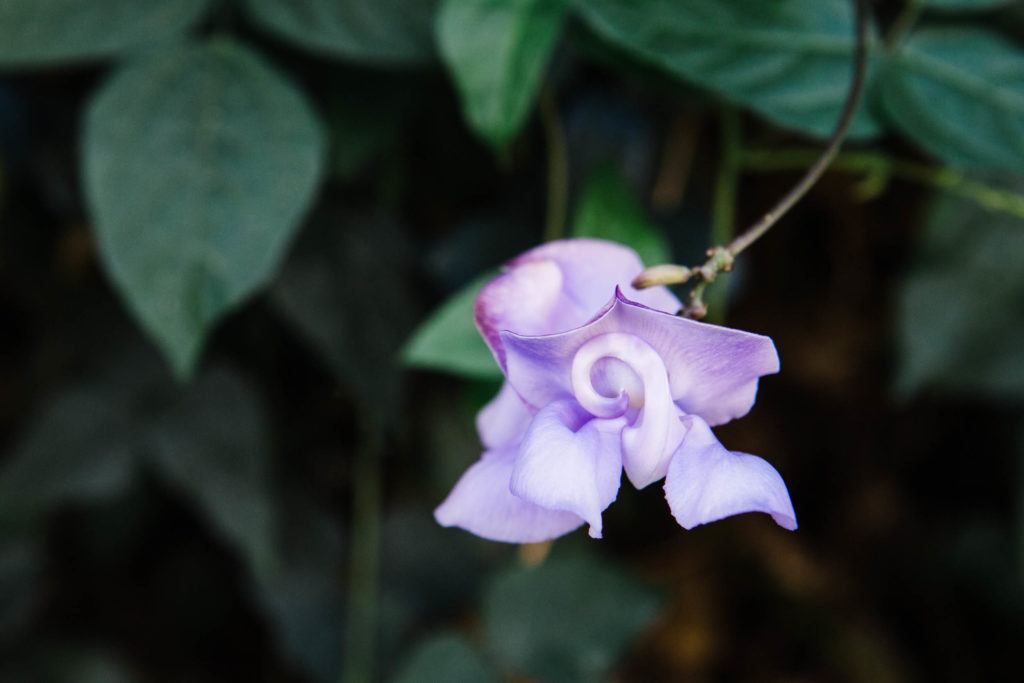
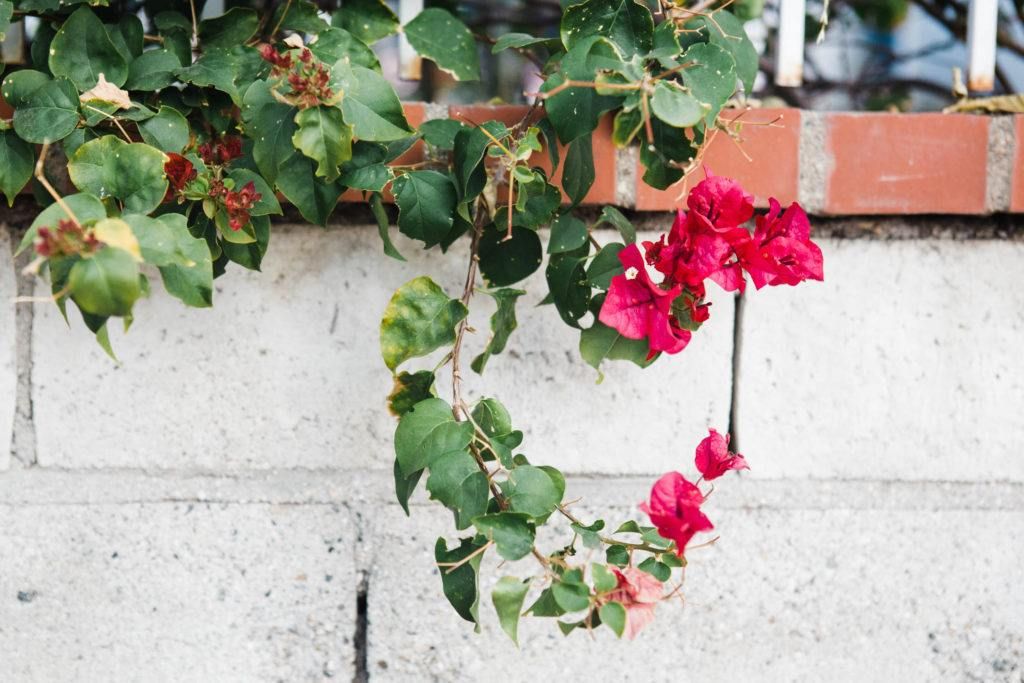
Self-Assigned Photo Projects Grow Your Skills
As I mentioned earlier in this guide, self-assigned photo projects can really help you grow as a photographer and an artist. Even if you do the same work for your clients and your personal projects, the fact that you are doing more and more of something brings forth many opportunities for growth and learning. You can experiment with new techniques, with new gear, with new ways of composing images, and with new ways of editing. Regardless, use your personal projects to push yourself to improve.
Even if you do the same work for your clients and your personal projects, the fact that you are doing more and more of something brings forth many opportunities for growth and learning.
A few years ago, I picked up a film camera to try and learn how to photograph and use film. Now, this is not the work I do professionally, but I felt that it would be a great way to learn the basics of a completely manual camera. And I loved that experience. I wasted a great many rolls of film on understanding and making mistakes and learning. Even though film cameras are cheap (the basic ones in secondhand stores and thrift shops), film rolls are expensive, and so is the cost of development. I did the math, and each shot on a film camera costs about $2.50 from start to finish. But that exercise taught me to slow down, really look at the scene I was trying to document, ask myself why it caught my eye, and then if I could answer that question, convince me to click that shutter and take the shot. No more turning the knob on multiple shots and firing away hoping at least one of them would work. I also learned how to shoot double exposures and love experimenting with those at every shoot.
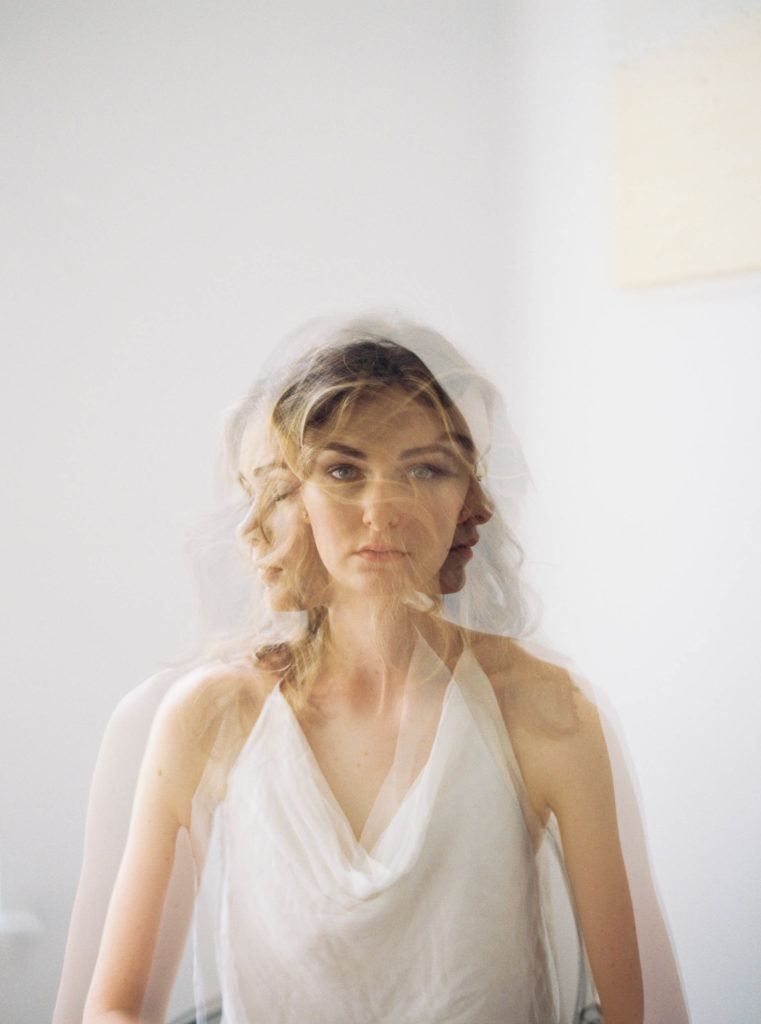
Regardless of the ‘why’ and ‘what’ of personal photography projects, one thing is certain. At times when you are in a funk and cannot find your groove, having space and an opportunity to create without an agenda is exactly what you need to get your groove back.
